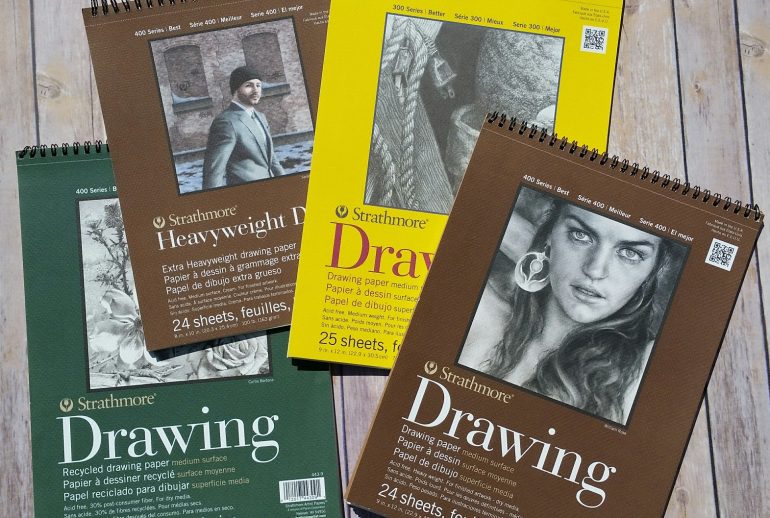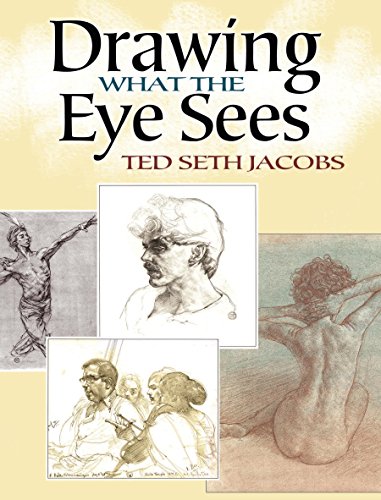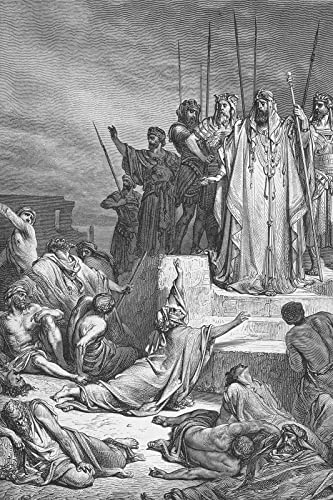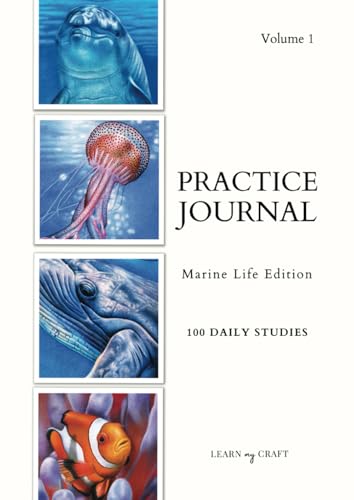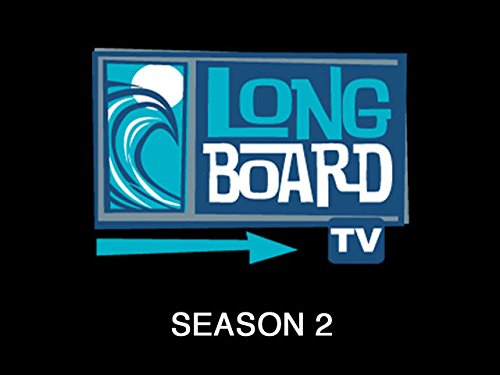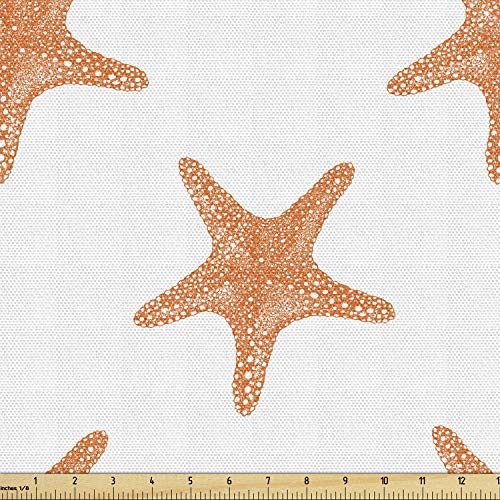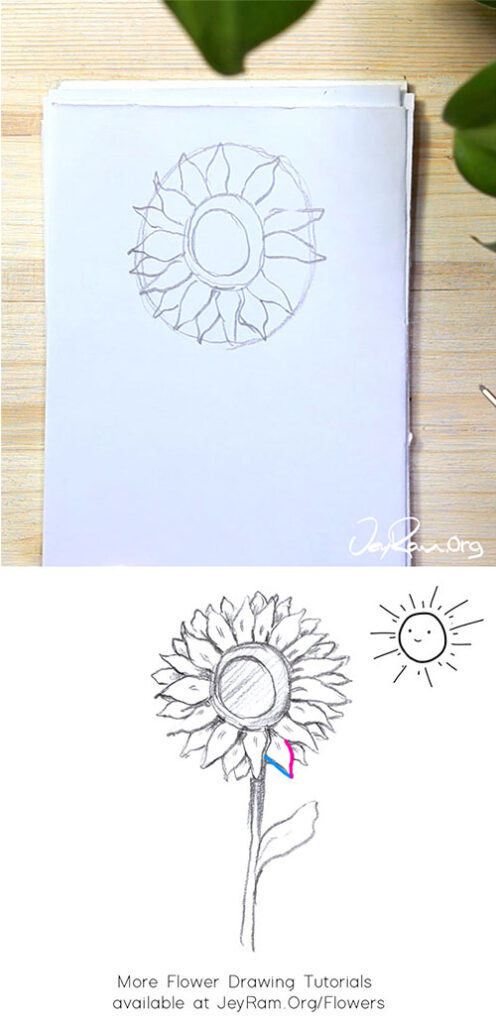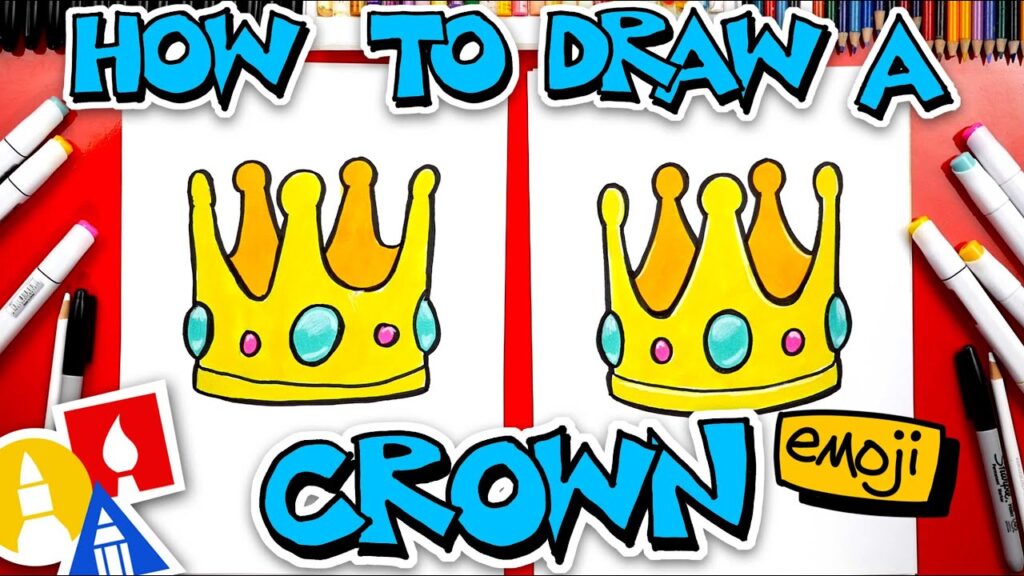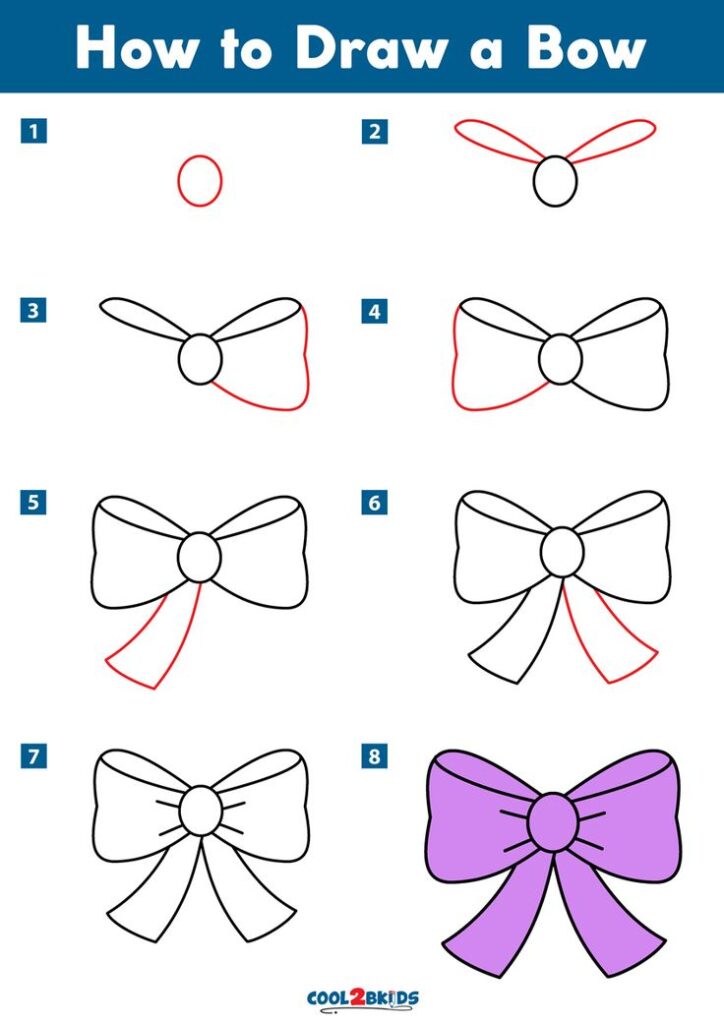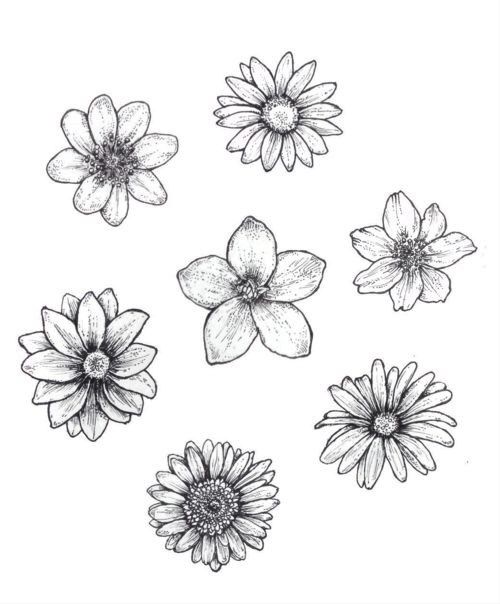Graphite sketching is a beloved art form. The paper you choose can greatly impact your work.
Selecting the best paper is crucial for any artist. It enhances the quality of sketches and brings out the finest details. But, with so many options available, finding the right paper can be daunting. Artists often face challenges like smudging and uneven textures.
The right paper can minimize these issues and elevate your sketches. It provides a smooth surface that holds graphite well. This enhances the depth and contrast of your art. Whether you’re a beginner or a seasoned artist, understanding paper types is essential. It helps you choose what best suits your style and technique. Let’s explore what makes a paper ideal for graphite sketching. Your art deserves the best foundation.

Top Paper Choices
Choosing the right paper for graphite sketching can enhance your artwork. The right texture and weight can make a difference. Artists often seek paper that complements their style. Here, we explore some top choices. Whether you prefer premium or budget-friendly options, there is something for everyone.
Premium Brands
Premium papers offer excellent quality and durability. Strathmore 400 Series is a popular choice. It provides a smooth texture, ideal for fine details. Another great option is Fabriano Artistico. This paper is 100% cotton and acid-free. It ensures long-lasting artwork. Canson XL Series also stands out. It is versatile and suitable for various techniques. These brands are favored by professionals for their reliability.
Budget-friendly Options
For those on a budget, there are still great options. Canson Biggie Sketch offers good quality at a low price. It is perfect for students and beginners. Another affordable choice is Arteza Sketch Pads. They offer quality paper at an accessible price. UCreate Sketchbooks are also budget-friendly. They provide decent quality for everyday sketching. These options ensure you don’t compromise on quality while saving money.

Texture And Finish
Choosing the right paper for graphite sketching is crucial. The texture and finish of the paper can dramatically affect your artwork. A good paper enhances the visual impact of a sketch. It also supports various techniques and styles. Let’s delve into the intriguing world of paper textures.
Smooth Vs. Rough
Smooth paper offers a clean surface. It allows for precise lines and delicate shading. Artists often prefer it for detailed work. Smooth paper is ideal for technical drawing. It provides minimal resistance to the pencil.
Rough paper, on the other hand, has a textured surface. It offers a tactile experience. Artists can create dynamic and expressive sketches. The texture adds depth and character to your work. It’s perfect for bold strokes and dramatic effects.
Tooth And Grip
The tooth of the paper refers to its surface texture. It affects how the graphite adheres. Paper with more tooth offers better grip. It holds more graphite and creates darker lines. This is suitable for strong, bold sketches.
Papers with less tooth are smoother. They provide less grip. This results in lighter, softer lines. Ideal for subtle, nuanced sketches. Understanding tooth and grip helps in selecting the right paper.
Weight And Thickness
Understanding the weight and thickness of paper is vital for graphite sketching. The paper’s weight affects how it handles pressure and shading. Thickness influences the texture and durability of your artwork. Choosing the right paper enhances your sketching experience and ensures the best results.
Heavyweight Papers
Heavyweight papers are ideal for detailed graphite work. They provide a sturdy surface that withstands erasing and layering. These papers usually weigh over 160 gsm. This weight prevents tearing and buckling under pressure. Artists who use multiple layers prefer heavyweight options. They offer a smooth texture, ideal for blending and shading.
Lightweight Alternatives
Lightweight papers offer flexibility and portability. They weigh less than 160 gsm. These papers are perfect for quick sketches and practice. They are easy to carry and store. While they may not handle heavy erasing well, they are cost-effective. Beginners find lightweight papers useful for developing their skills. They allow for freedom without worrying about paper costs.
Paper Color And Tone
Choosing the right paper color and tone is crucial for graphite sketching. It affects the mood and style of your artwork. Different colors can change the look and feel of your sketches. This section explores how paper color impacts your graphite sketches.
White Vs. Cream
White paper creates a bright and clean background. It highlights the contrast in your graphite sketches. This contrast can make details stand out. White paper is ideal for sharp lines and clear textures.
Cream paper offers a softer, warmer tone. It reduces the stark contrast in sketches. Cream paper can add a vintage feel. It is perfect for subtle shading and delicate transitions.
Impact On Sketches
The color of paper influences the mood of your sketches. White paper produces bold, striking images. It enhances the sharpness and clarity of graphite lines.
Cream paper adds warmth to your artwork. It softens the overall appearance. This can create a calming, gentle effect in your sketches. Each paper color offers unique benefits. Choose based on the style you want to achieve.
Durability And Longevity
Choosing the best paper for graphite sketching ensures durability and longevity. Quality paper withstands pressure and maintains texture. Artists can achieve detailed sketches with papers designed for repeated erasing and blending.
When choosing the best paper for graphite sketching, durability and longevity play crucial roles. You want your artwork to withstand the test of time while maintaining its original beauty. Choosing a paper with excellent durability ensures your sketches won’t deteriorate quickly, allowing your creativity to shine for years.
Resistance To Wear
Durable paper resists wear and tear, which is essential for artists who frequently erase and redraw. A high-quality paper can handle the pressure of your eraser without losing its texture. Have you ever noticed how some papers start to thin or tear after multiple corrections? Opting for a sturdy paper can save you from this frustration. Consider using a paper that offers a bit of tooth, or texture, as it helps in gripping the graphite better. This quality not only enhances your sketching experience but also contributes to the paper’s durability. Papers like Bristol and heavyweight drawing sheets are known for their excellent resistance to wear.
Archival Quality
Archival quality is another vital aspect of longevity. Archival papers are acid-free, ensuring that your sketches don’t yellow or degrade over time. You want your artwork to look as fresh as the day you created it, even decades later. Using archival paper can protect your work from environmental factors like humidity and light. Have you ever stored a piece of art only to find it discolored years later? Choosing archival paper can prevent such disappointments. Look for labels that say “acid-free” or “archival” to ensure you’re selecting the best option for long-lasting artwork. Taking these factors into account can transform how you view your materials. Do you prefer a sketch that stands the test of time or one that fades away? Your choice in paper directly impacts this outcome, making it a decision worth considering carefully.
Compatibility With Graphite
Choosing the right paper for graphite sketching is crucial. It affects the outcome of your artwork. The paper must be compatible with graphite pencils. This ensures smooth strokes and clear details. The right paper enhances your sketching experience. It supports different techniques and styles. Let’s explore how paper compatibility impacts graphite sketching.
Graphite Grades
Graphite pencils come in various grades. From hard (H) to soft (B). Each grade interacts differently with paper. Hard pencils create fine lines. They require smooth, thin paper for precision. Soft pencils produce darker, richer lines. They need thicker, textured paper for depth. Understanding graphite grades helps in paper selection. It ensures your sketches look vibrant and detailed.
Layering And Blending
Layering adds depth to sketches. Blending creates smooth transitions. The paper’s texture plays a vital role. Coarse paper supports heavy layering. It holds graphite well without smudging. Smooth paper aids in blending. It allows easy transitions between shades. Choose paper based on your sketching style. It enhances your ability to layer and blend efficiently.
Environmental Considerations
Choosing the right paper for graphite sketching involves considering environmental factors. Opt for recycled or sustainably sourced paper to reduce environmental impact. This choice supports eco-friendly practices while providing a suitable surface for artists to create beautiful sketches.
Choosing the right paper for graphite sketching can be more than just a decision about texture and quality. It’s also an opportunity to make environmentally conscious choices. You might be wondering how your art supplies impact the planet. Let’s explore the environmental considerations that can guide your selection.
Sustainable Materials
When picking sketching paper, consider those made from sustainable materials. Opt for papers produced from recycled fibers or those sourced from responsibly managed forests. These options help reduce deforestation and support eco-friendly practices. Some papers are made with alternative fibers like bamboo or cotton. These materials grow quickly and have a lower environmental impact. They also provide unique textures that could add character to your sketches.
Eco-friendly Brands
Several brands prioritize sustainability in their production processes. Look for companies that use non-toxic dyes and biodegradable packaging. Supporting these brands encourages more companies to adopt green practices. Brands like Strathmore and Canson offer recycled or sustainably sourced paper lines. They provide quality without compromising on environmental responsibility. Have you ever thought about how your purchasing choices can influence industry standards? Choosing eco-friendly paper brands is not just a personal preference. It’s a step towards a more sustainable art practice that benefits both you and the environment.
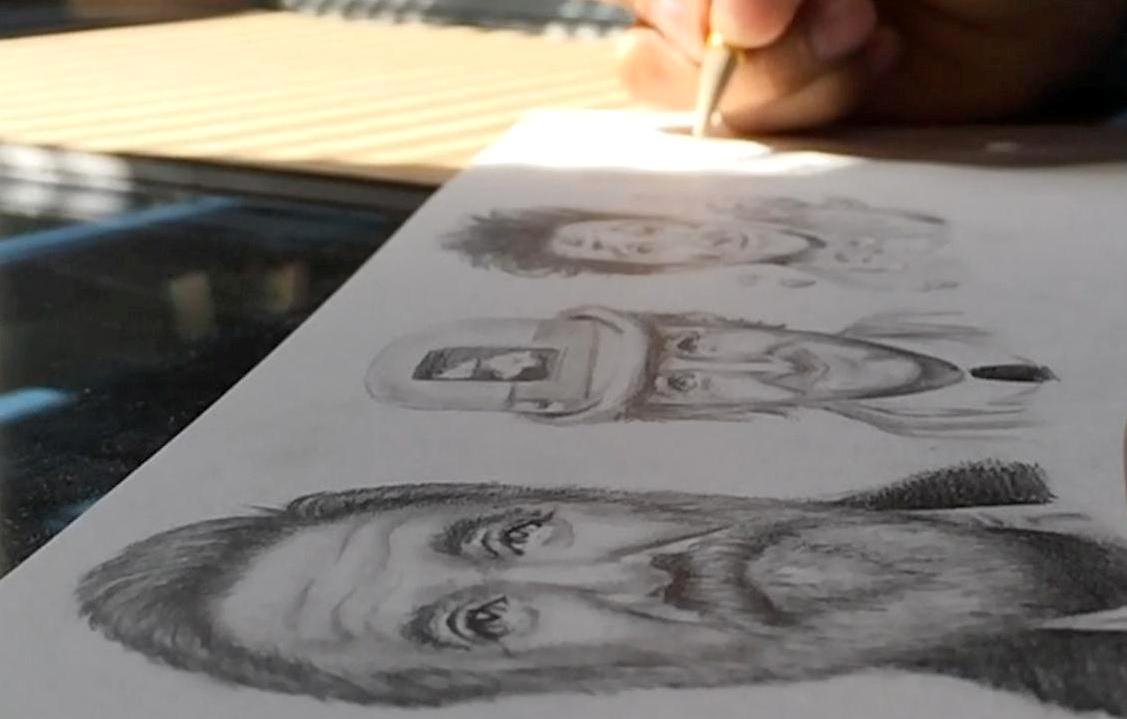
Expert Reviews And Recommendations
Choosing the right paper for graphite sketching matters. Different papers offer unique textures and finishes. Artists and professionals often share their insights. Their experiences guide others in making informed decisions.
Artist Testimonials
Many artists prefer smooth paper for detailed work. Smooth surfaces allow fine lines and intricate details. A popular choice is the Strathmore Bristol paper. It offers a firm surface for precise sketches. Artists praise its durability and texture. It holds graphite well without smudging.
Some artists enjoy a slightly rougher texture. Textured paper like Canson Mi-Teintes is favored. It provides a toothy surface, enhancing the depth of sketches. This texture adds character to drawings. It is ideal for expressive, bold strokes.
Professional Insights
Professional illustrators often recommend acid-free paper. Acid-free paper prevents yellowing over time. It ensures the longevity of artwork. Arches Watercolor paper is a top recommendation. Its thickness supports heavy graphite applications. Professionals appreciate its versatility for mixed media.
Experienced sketchers suggest considering paper weight. Heavier paper can handle more layers. This quality is essential for complex pieces. A heavier paper, like Stonehenge, supports layered shading. It is also praised for its archival quality.
Frequently Asked Questions
What Is The Best Paper For Graphite Sketches?
Strathmore 400 Series and Bristol paper are excellent for graphite sketches. They offer durability and texture. These papers allow for smooth shading and detailed work. Always choose acid-free options to preserve your artwork.
Is Hb Or 2b Pencil Better For Sketching?
2B pencils are better for sketching due to their softer lead, providing darker lines and smoother shading. HB pencils offer harder lead, suitable for light sketches and precise outlines. Choose 2B for expressive sketches and HB for detailed work. Both pencils can enhance creativity in different sketching styles.
Which Paper Should Be Used For Sketching?
Use smooth, heavyweight paper like Bristol or acid-free sketch pads for sketching. These papers handle various mediums and prevent smudging. Choose paper with a slight texture for pencil work or smoother surfaces for ink. Ensure the paper is durable and suitable for erasing without damage.
Is Mixed Media Paper Good For Graphite?
Mixed media paper is suitable for graphite drawing. It offers a durable surface with slight texture. Graphite adheres well, allowing for smooth shading and detailed work. Artists benefit from its versatility, accommodating various techniques. Choose high-quality paper for best results.
Ensure the paper supports your style and desired effects.
Conclusion
Choosing the right paper enhances graphite sketching. Different papers offer unique textures. Smooth paper is ideal for detailed work. Rough paper suits bold strokes. Experimenting helps find personal preference. Quality paper impacts the final artwork. Durability matters for long-lasting sketches.
Acid-free options prevent yellowing over time. Consider weight and texture when selecting paper. Each artist’s choice varies based on style. Investing in good paper pays off in quality. Try different types to discover what suits your art. Happy sketching with your perfect paper choice!

